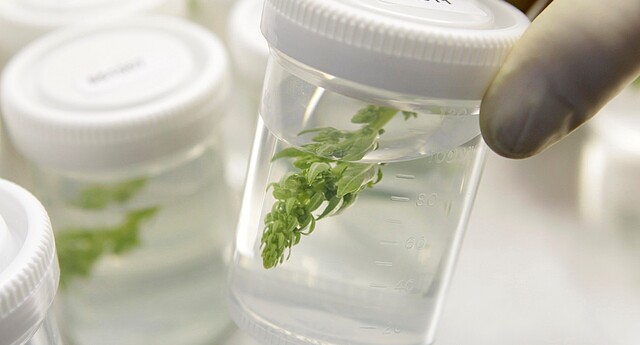Pierre A. Pin 1 2, Wenying Zhang 3 12, Sebastian H. Vogt 3, Nadine Dally 3, Bianca Büttner 3 13, Gretel Schulze-Buxloh 3, Noémie S. Jelly 2 14, Tansy Y.P. Chia 4, Effie S. Mutasa-Göttgens 4, Juliane C. Dohm 5 6, Heinz Himmelbauer 5 6, Bernd Weisshaar 7, Josef Kraus 8, Jan J.L. Gielen 9, Murielle Lommel 10, Guy Weyens 10, Bettina Wahl 11, Axel Schechert 11, Ove Nilsson 1, Christian Jung 3, Thomas Kraft 2, Andreas E. Müller 3
1 Umeå Plant Science Centre, Department of Forest Genetics and Plant Physiology, Swedish University of Agricultural Sciences, 901 83 Umeå, Sweden
2 Syngenta Seeds AB, 261 23 Landskrona, Sweden
3 Plant Breeding Institute, Christian Albrechts University of Kiel, 24098 Kiel, Germany
4 Broom's Barn, Rothamsted Research, Bury St. Edmunds, Suffolk IP28 6NP, UK
5 Max Planck Institute for Molecular Genetics, 14195 Berlin, Germany
6 Centre for Genomic Regulation, Universitat Pompeu Fabra, 08003 Barcelona, Spain
7 Department of Biology, Genome Research, Bielefeld University, 33594 Bielefeld, Germany
8 KWS SAAT AG, 37555 Einbeck, Germany
9 Syngenta Seeds SAS, 31790 Saint-Sauveur, France
10 SESVanderHave N.V., 3300 Tienen, Belgium
11 Strube Research GmbH & Co. KG, 38387 Söllingen, Germany
Summary
Life cycle adaptation to latitudinal and seasonal variation in photoperiod and temperature is a major determinant of evolutionary success in flowering plants. Whereas the life cycle of the dicotyledonous model species Arabidopsis thaliana is controlled by two epistatic genes, FLOWERING LOCUS C and FRIGIDA [1, 2, 3], three unrelated loci (VERNALIZATION 1–3) determine the spring and winter habits of monocotyledonous plants such as temperate cereals [4, 5, 6]. In the core eudicot species Beta vulgaris, whose lineage diverged from that leading to Arabidopsis shortly after the monocot-dicot split 140 million years ago [7, 8], the bolting locus B [9] is a master switch distinguishing annuals from biennials. Here, we isolated B and show that the pseudo-response regulator gene BOLTING TIME CONTROL 1 (BvBTC1), through regulation of the FLOWERING LOCUS T genes [10], is absolutely necessary for flowering and mediates the response to both long days and vernalization. Our results suggest that domestication of beets involved the selection of a rare partial loss-of-function BvBTC1 allele that imparts reduced sensitivity to photoperiod that is restored by vernalization, thus conferring bienniality, and illustrate how evolutionary plasticity at a key regulatory point can enable new life cycle strategies.
Click here to read the full article.






